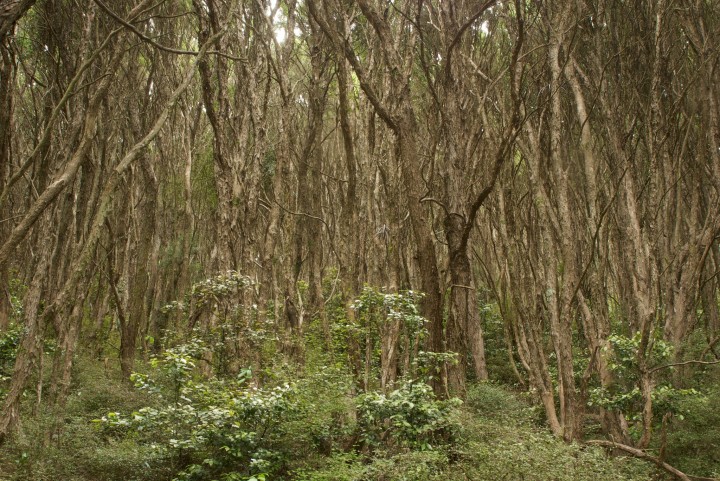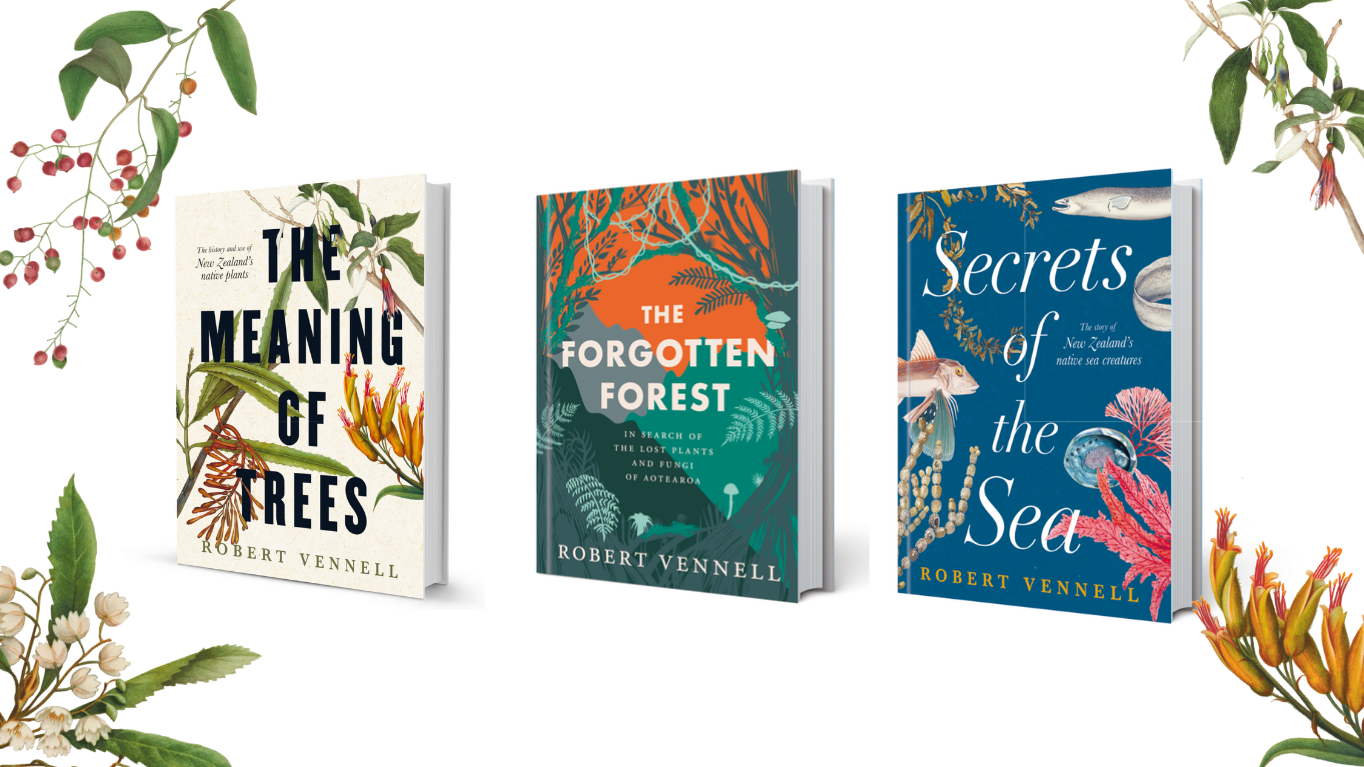Kānuka has a tough time bursting through to the public spotlight. It’s often overshadowed by its cousin mānuka – stealing the limelight with headlines about its remarkable medicinal honey. But kānuka is an incredibly impressive plant in its own right that stands apart from its fellow tea-tree.
While mānuka can be found in both New Zealand and Australia, our kānuka species are endemic to NZ and found nowhere else in the world. What’s more, there are 10 different species of kānuka in New Zealand, and many are very rare and critically endangered. There is a geothermal kānuka (Kunzea tenucaulis) found only in the geothermal areas around the Taupo volcanic zone, a kānuka found only on Great Barrier island (K. sinclairii) a kānuka found only on Three Kings Islands (K. triregenesis) and one found only on the tiny Motouhora/Whale Island in Bay of Plenty (K. salterae).

Kānuka also have a critical role to play in the New Zealand environment, helping shift the ecosystem toward a mature old-growth forest dominated by plants such as kauri and rimu. After an environmental disturbance such as a fire or landslide, mānuka or kānuka are usually the first trees to arrive on site – thriving in this stressful, high-light environment that would kill many other plants. Where both species arrive, the smaller mānuka ultimately passes the baton on to kānuka which overtops it and grows into the canopy. Here it slowly senesces, providing shelter to the next generation of mature podocarps and broadleaved species. Recent work has found that the forests raised underneath a kānuka canopy are more likely to grow into future kauri forests, whereas forests raised underneath tree fern canopies are more likely to become future podocarp forests.

Medicinal & Cultural uses of Kānuka species
Kānuka is also an important medicinal remedy, used to treat a wide range of ailments. Along with mānuka, it is known as “tea tree” since Captain Cook used the leaves on his travels around the country to make tea. It has similar properties to mānuka tea, but has a distinct flavour, with different species of kānuka having a slightly different taste (See: A Guide to Native New Zealand Tea Plants). The bark was boiled and the decoction drunk to treat diarrhoea, dysentery and venereal disease. The oils from the leaves and bark have a range of anti-microbial properties, and kākāriki have been observed chewing up the leaves and bark and preening themselves with the oils – apparently as a defense against parasites. Kānuka oil is currently being commercially produced by a number of different groups around the country and sold for its cosmetic and health benefits.
The wood too was used for a range of different tools by both Māori and Pākehā, as adzes, beaters, paddles, weapons, clubs, spades and marine piles. Elsdon Best spoke to a number of Maori spear-makers who believed it was the best timber for making spears – stronger and more durable than those made from tawa or mānuka.
How do you tell the difference between mānuka and kānuka?
To the untrained eye, the most common kānuka species and mānuka look very similar but genetically they are quite distinct. There are a range of differences between the plants that you can use to set them apart. The simplest way to is to touch the leaves – kānuka is soft to the touch whereas mānuka is prickly. You can remember the difference by repeating the mantra:
Kānuka is Kind,
Mānuka is Mean.
Other differences to look out for:
- Kānuka grows into a tall tree around 15m in height whereas mānuka rarely grows more than 8m.
- Kānuka leaves are a bright olive green colour whereas mānuka leaves are often duller and darker.
- Kānuka bark is lighter coloured and flakes off in long leathery strips, whearas mānuka bark is dark and comes off in thin flakes.
- Kānuka flowers and capsules are much smaller (around 4 – 5mm) whereas mānuka are larger (around 10 – 12mm).
Similar Plants:
Brock et al. (2018). Pioneer tree ferns influence community assembly in northern New Zealand forests.
de Lange, P. J. (2014). A revision of the New Zealand Kunzea ericoides (Myrtaceae) complex.
Wyse et al. (2018). New Zealand forest dynamics: a review of past and present vegetation responses to disturbance, and development of conceptual forest models.
Māori Plant Use Database – kānuka
The 10 species of native kānuka
Header image: Windswept kānuka (J. Sullivan, CCBY)
Kānuka flowers (J. Sullivan, CCBY)








One thought on “Kānuka – Kunzea spp.”